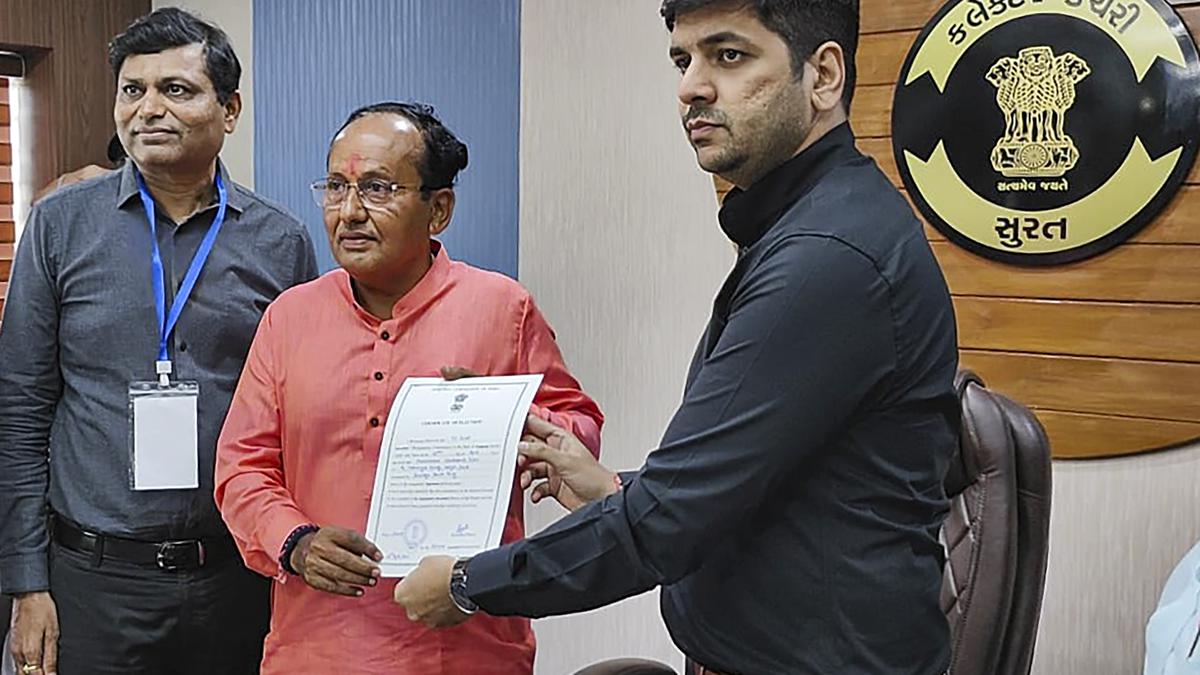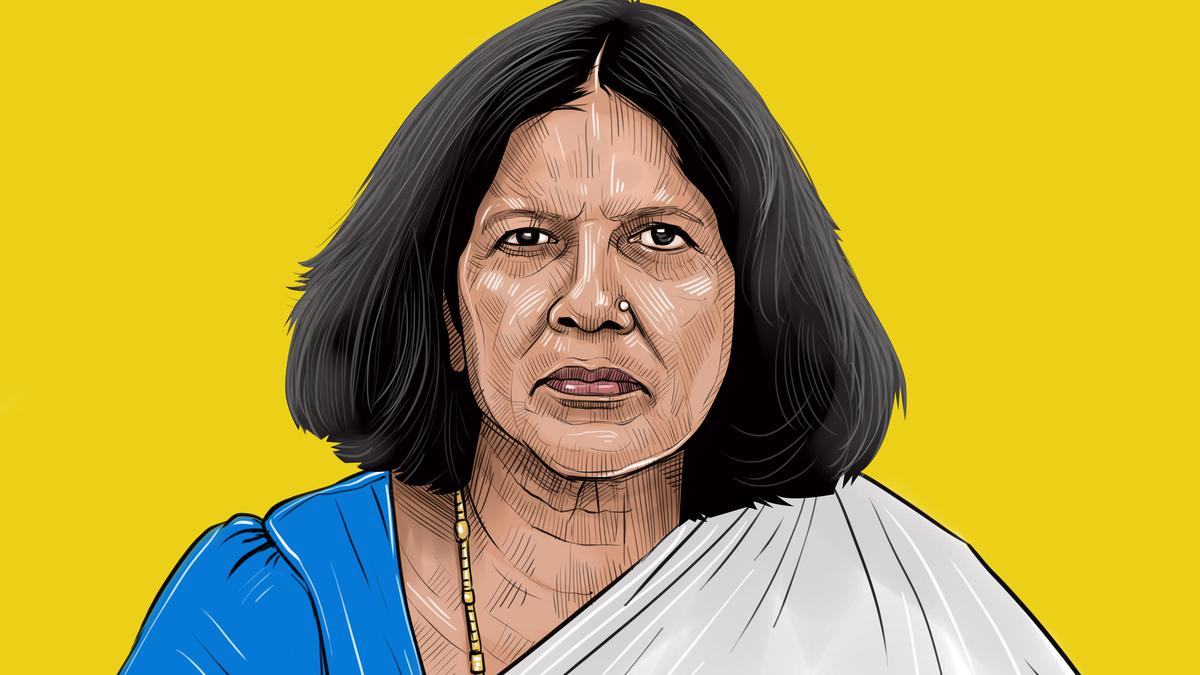Ahead of World TB Day on March 24, Survivors Against TB, a community advocacy group of TB survivors, wrote a letter to the Prime Minister “on the urgent and pressing need to expand efforts to address India’s Tuberculosis (TB) crisis.” The letter mentions that despite the government’s commitment to “eliminate high-burden infectious” TB by 2025, ‘we are still far from reaching this goal’ and identifies six key challenges: TB diagnosis and access; lack of access to free, quality treatment and drugs; adequate nutrition and mental health support; stigma-free and gender responsive care; economic support; and high quality care.
Tuberculosis is a ‘biosocial problem that requires biosocial solutions,” says a commentary in The Lancet. It is a “curable infectious disease linked to inequities. “Socioeconomic conditions create vulnerabilities to the disease and its catastrophic outcomes.”
India could lead in TB elimination
“India’s efforts are a new model for the global war on TB,” the government says. According to the World TB Report 2023, India recorded an average of 199 new infections in every 100,000 people in 2022. An estimated 13% of treated patients and 2.5% of new cases were multi-drug resistant or resistant to the first-line drug rifampicin. Nearly 400,000 people die of TB each year in the country.
Current biomedical strategies to reduce new infections include the BCG vaccine, which protects against severe forms of childhood TB; tuberculosis preventive treatment (TPT) which now aims to cover other household contacts and clinical-risk groups apart from children younger than five years and household contacts with HIV; and newer, shorter courses (1–3 months) and effective rifamycin-based regimes.
Despite the array of interventions, “challenges such as insufficient diagnosis and treatment access, stigma, and socioeconomic barriers continue to impede India’s progress in combating this disease,” says Chapal Mehra, convenor of SATB in the letter.
Undernutrition is a major risk factor for both the occurrence of new cases and the occurrence of severe TB that can result in TB deaths, Anurag Bhargava, professor at the Yenepoya Medical College, Manipal, and one of the authors of The Lancet report, said. Undernutrition in adults contributes to 34–45% of all new cases annually, while undernutrition in patients with TB is a major risk factor for TB deaths, apart from increasing the risk of drug toxicity and relapse. This is the most important risk in the management of TB. Undernutrition impacts both the occurrence of TB and the outcomes of TB treatment, which include mortality, drug toxicity to patients, and relapse.
It is crucial to have nutrition assessment and support, he says. The Government has recognised this need for nutritional support by launching a direct benefit transfer scheme of Rs. 500 since 2018, as well as a food-basket scheme under the PM TB Mukt Bharat Abhiyan.
Nutritional support
A 2023 study in The Lancet Global Health showed that withnutritional support, patients gained weight over the first two months and the risk of death was reduced by 40–50%. The study involved patients with lung TB who took part in a ‘RATIONS’ trial in Jharkhand. They were provided a 10-kg food basket as part of the trial.
TB management in India tends to give importance to the TB bacterium, drugs, and vaccines. There is a need to address the social factors that aggravate the infection, for example, undernutrition related to poverty, says Dr. Bhargava. So, even if an effective drug or vaccine is available, severe undernutrition will undermine the impact if it is not addressed simultaneously.
Compounding the problem is delayed diagnosis, and a lack of access to quality care. SATB says that one of the key hurdles in TB diagnosis is access. “We must prioritise expanding access to free, accurate, and affordable TB diagnosis, especially in remote and marginalised communities where healthcare services are scarce.” There is a need to expand diagnostic facilities, include mobile testing units, improve access to molecular testing at affordable prices, and provide quick and accurate results, it adds.
Ensuring early diagnosis under the existing facility-based case finding strategy is crucial, says Hemant Shewade, scientist, National Institute of Epidemiology under the Indian Council of Medical Research. India should “increase the coverage of rapid molecular diagnostic tests for the diagnosis of TB among presumptive TB patients. .”
Multi-drug resistance worsens matters. The number of patients diagnosed with drug-resistant TB was 63,801 in 2022, according to the India TB Report 2023. A December 2023 study published by scientists from Pune and Boston on gaps regarding MDR-TB in India from patients’ perspectives reported that the main barriers to care were “diagnosis, lack of counseling, late referral to the national TB elimination programme (NTEP) and unwarranted expenditure”.
Late referrals, often due to late reporting to a health centre, are a major problem. India’s second national TB prevalence survey (2019–2020) shows that about two-thirds of individuals with symptoms indicating TB reported not seeking healthcare services for various reasons, ranging from neglect of symptoms, to self-treatment, to an inability to afford seeking care.
TB in children remains “a staggering problem” in India, contributing to approximately 31% of the global burden, according to the India TB Report 2022, which says that children constitute 6–7% of all patients treated under the national TB elimination programme each year.
Comprehensive care
Dr. Shewade says a few measures are very much “doable and within our control.” For example, one should focus on nutrition through sustainable and cost-effective strategies. The first step is to implement the existing guidance of India’s national TB programme, which is to double the monthly ration (through public distribution system) to the household of a TB patient who has severe under-nutrition (body mass index less than 16). This also requires that the body mass index be measured for all adult TB patients at the time of diagnosis. As an alternative budgets permitting this may be applied to all households affected by TB for a period of at least one year. This TB-specific strategy will not only supplement nutrition for the family of TB patient but also reduce the incidence of TB among household contacts, he says. “Using the public distribution system to do this is a good idea.”
Patients with very severe undernutrition require therapeutic nutrition, such as formula liquid oral feeds, during inpatient care, says Dr. Shewade. “Most of them have a very poor appetite and will not improve without earmarked beds, for isolation, or admission, at least in a medical college, or district headquarters hospital and a facility for therapeutic nutrition.”
The first published report of a state-wide differentiated TB care model in Tamil Nadu (TN-KET), in 2023, by Shewade’s team showed that to reduce TB deaths in resource-limited settings, triaging — quickly examining patients to decide who is most seriously ill and must be treated first — can identify those with the immediate need for comprehensive assessment and inpatient care. “Considering 70% of TB deaths happen within the first two months, it is important to triage patients at TB diagnosis and infer indicators even in the absence of laboratory and clinical capacity,” says Dr. Shewade..
The state should immediately focus on increasing the duration and quality of inpatient care, particularly for very severe undernutrition. “If we are to reduce TB deaths, this is one of the low hanging fruit,” he adds. “This is doable. However there is limited sensitisation among doctors including chest physicians regarding this.”
In addition to nutrition assessment and body mass index, the respiratory rate, oxygen saturation and ability to stand without support should be made part of routine baseline data that is captured for a TB patient at diagnosis, says Dr. Shewade. “This will guide the need for admission.” Other risk factors in India include uncontrolled diabetes, which is the case in Kerala, for example; or co-infection with HIV, or smoking.
So TB has to be viewed with different lenses, and there is no one-size-fits all solution, says Dr. Bhargava. TB is, in fact, an indicator of the general health of the population, he adds. “So we need to look at the comprehensive care of patients: not just drug therapy, but the entire quantum of care, and use a mix of public health and clinical approaches.”

 4 weeks ago
127
4 weeks ago
127


